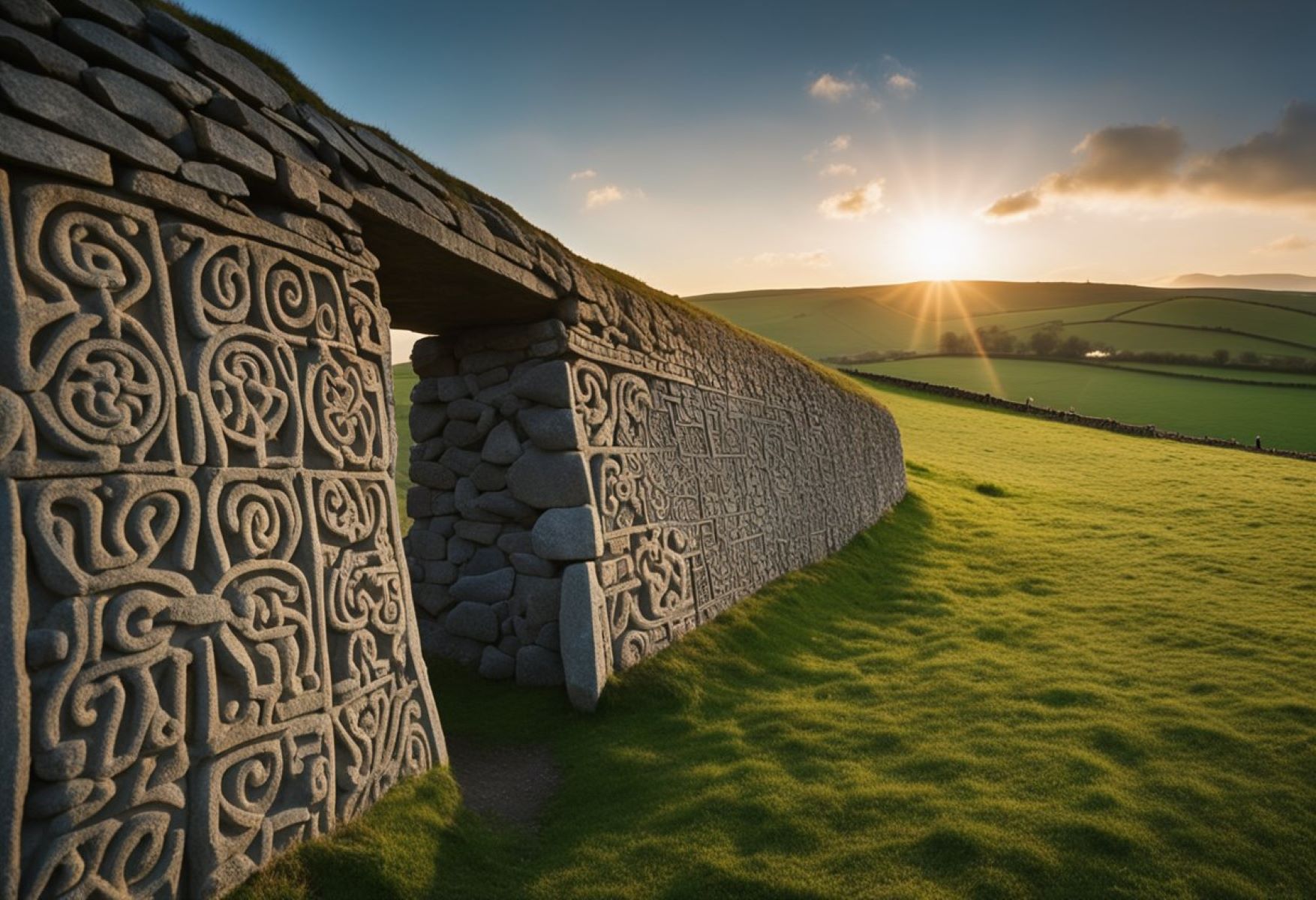Echoes Of Eclipses: Secret Archaeoastronomy Sites

Have you ever wondered how ancient civilizations tracked the stars and predicted eclipses? Archaeoastronomy is the study of how people in the past understood the phenomena in the sky and how those celestial events influenced their cultures. From the towering pyramids of Egypt to the mysterious stone circles of Britain, many ancient sites have hidden connections to the cosmos. These places were not just for rituals or burials; they were also observatories. By visiting these archaeoastronomy sites, you can step back in time and see the sky through the eyes of our ancestors. Ready to explore the secrets of the stars?
Echoes of Eclipses: Secret Archaeoastronomy Sites
Archaeoastronomy blends ancient architecture with celestial events. These sites reveal how early civilizations understood the cosmos. Let's explore some hidden gems where history and astronomy meet.
1. Chaco Canyon, New Mexico
Chaco Canyon's ancient structures align with solar and lunar cycles. The Great Kiva and Fajada Butte are key spots. During solstices, sunlight pierces through rock formations, creating stunning light patterns.
2. Stonehenge, England
Stonehenge is famous for its massive stone circle. It aligns with the summer solstice sunrise and winter solstice sunset. This alignment suggests ancient people used it to mark seasonal changes.
3. Machu Picchu, Peru
Machu Picchu's Intihuatana stone acts as a solar clock. During equinoxes, the stone casts no shadow, indicating precise astronomical knowledge. The site's layout also aligns with celestial events.
4. Newgrange, Ireland
Newgrange is a prehistoric monument older than Stonehenge. Its passage and chamber align with the winter solstice sunrise. Light floods the chamber, illuminating intricate carvings.
5. Goseck Circle, Germany
Goseck Circle is one of Europe's oldest solar observatories. The circular ditch and wooden palisades align with the winter solstice. This site shows early Europeans tracked solar movements.
6. Chichen Itza, Mexico
Chichen Itza's El Castillo pyramid is an astronomical marvel. During equinoxes, shadows create the illusion of a serpent descending the pyramid. This phenomenon highlights the Maya's advanced understanding of astronomy.
7. Nabta Playa, Egypt
Nabta Playa predates the pyramids. Stone circles and alignments mark the summer solstice. This site suggests early Egyptians had a sophisticated grasp of celestial cycles.
8. Big Horn Medicine Wheel, Wyoming
Big Horn Medicine Wheel is a Native American site. Its spokes align with solstices and other celestial events. This wheel demonstrates the Plains Indians' astronomical knowledge.
9. Angkor Wat, Cambodia
Angkor Wat's temple complex aligns with the solstices and equinoxes. The central tower represents Mount Meru, a sacred cosmic mountain. This alignment reflects the Khmer Empire's celestial beliefs.
10. Rapa Nui (Easter Island), Chile
Rapa Nui's moai statues face the sunset during the equinox. These statues likely had astronomical significance. The island's ancient inhabitants used the stars for navigation and rituals.
Hidden Wonders Await
Archaeoastronomy sites offer a unique glimpse into ancient civilizations' understanding of the cosmos. These places, often tucked away from bustling tourist spots, reveal how our ancestors connected with the stars. Visiting these sites can be a transformative experience, blending history, science, and a bit of mystery. From the intricate alignments at Stonehenge to the celestial markers at Chichen Itza, each location tells a story of human curiosity and ingenuity. Exploring these hidden wonders not only enriches our knowledge but also deepens our appreciation for the night sky. Next time you plan a trip, consider adding an archaeoastronomy site to your itinerary. You'll walk away with more than just photos; you'll gain a new perspective on how ancient cultures viewed the universe. Hidden wonders await those who seek them out.

